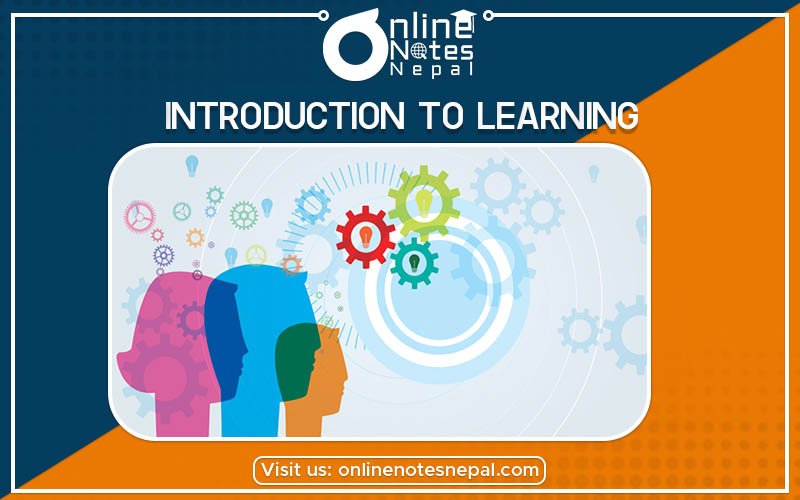Published by: Zaya
Published date: 15 Jun 2021

Learning is a continuous process and encompasses much more than what we do in school. It is a key process in human behaviour. It is much more than learning the skills or academic subject materials. In psychology, learning refers to any relatively permanent change in behaviour through experiences because of interactions with the environment. Learning is the process of acquiring new or modifying existing, knowledge, behaviours, skills, values, or preferences. Introduction to Learning has many definitions from different scientists.
Kimble and Garmezy(1963) defined “learning as a relatively permanent change in behaviour tendency and is the result of reinforced practice. ” The definition indicates three major points:
Morgan, King, Weiz, and Schopler(1993) defined “learning as any permanent change in behaviour that occurs as a result of practise or experience.” The definition indicates some major points:
The definition of learning distinguishes learning behaviour from those events that occur automatically in response to external events, for example; shivering when cold or sweating when it’s hot is not learning. There are behaviours that describe changes that are not learning: